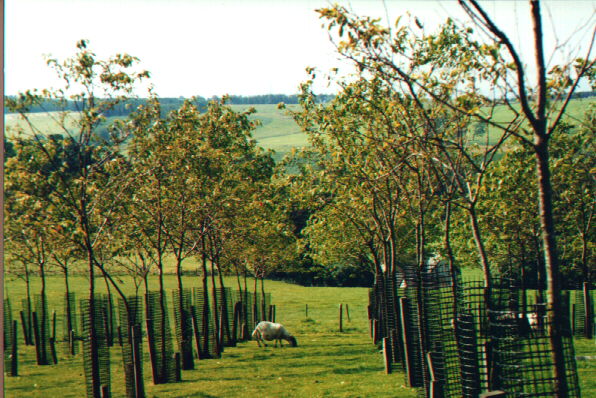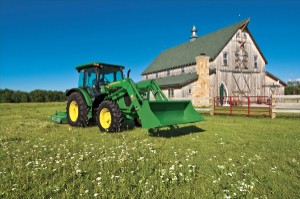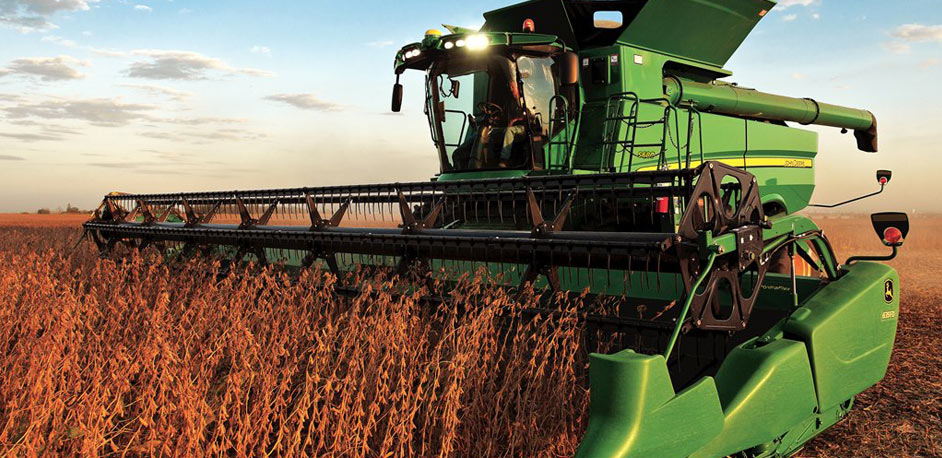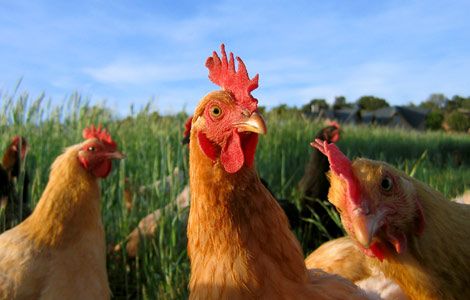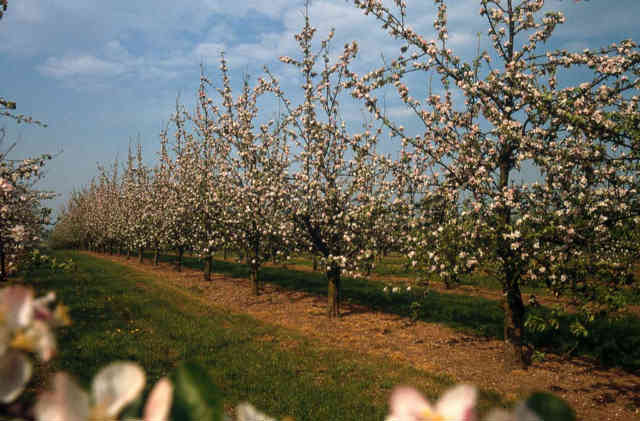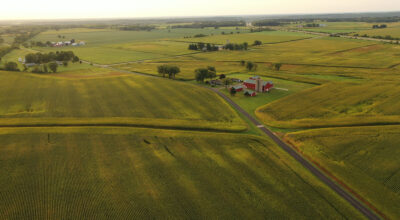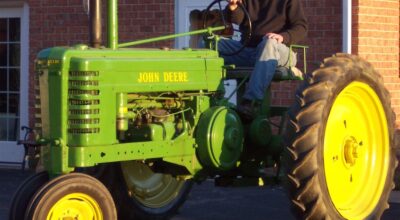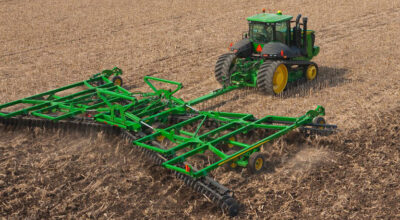Agriculture, the science or practice of farming, involves cultivating animals, plants, fungi, and other life forms for food, fiber, biofuel, and other products used to sustain life. Over the next few weeks, we’ll be defining agricultural terms from A to Z. In this first installment, we’ll explore letters A–E.
Agroecosystems
Agroecosystem includes the terms “agro,” which refers to agriculture, and “ecosystem,” which is defined as a community of interacting organisms. So put them together and what you get is a community of plant and animals. Agroecosystems can be found in everything from farmlands to rangelands.
On a basic level, agroforestry is defined as “trees on farms.” In actuality, agroforestry involves trees and shrubs being combined with crops and livestock to make for a more productive, healthy, and sustainable-use land system.
Agronomy
Agronomy, is, simply put the science of crop production and soil management. A more comprehensive explanation of the term might define agronomy as the study of how plants and soil can best be used for food, fuel, fiber, and reclamation.
Agricultural Buildings
From the barn to the farm, agricultural buildings constitute any structures associated with farming or agriculture. Buildings that provide housing for livestock, shelter for plants, or even a structure such as a dam are all considered agricultural buildings.
Biofumigation
The biofumigation method relies on biocidal properties in natural fumigants to eliminate soil borne pests. These fumigants can come from organisms such as glucosinate containing plants. Abiofumigant can also be a plant that contains inhibitory chemicals.
Biopesticides
Biopesticides, like agroecosystems, encompass two terms: “bio,” which refers to biological, and “pesticides,” Which refers to substances that eliminate insects and other pests. Biopesticides refer to multiple types of pest management control, including but not limited to, predatory, parasitic, or chemical.
Biomass Crops
Biomass is biological material that comes from living organisms, usually from plants or plant-derived materials. Biomass crops are the plants that are put toward the production of this biomass. Plants grown for this purpose include miscanthus, switchgrass, corn, poplar, willow, sorghum, sugarcane, or bamboo.
Catch Crop
A catch crop is a very fast growing plant. In fact, a catch crop, such as a radish, can be grown in 25–30 days. Catch crops are planted between rows of main crops that are cultivated long term, resulting in a kind of succession planting.
Census of Agriculture
The Census of Agriculture measures the number of farms, crop acreage and production, livestock numbers and production, farm expenses and facilities, farm tenure, value of farm products sold, farm size, type of farm, and demographics of those working in agriculture. The census is sent out every five years.
Crops
A crop is defined as a plant that’s grown in significant quantities. Crops can range from wheat to soybeans to cotton. In fact, a crop can be any plant that’s harvested as food, used for livestock fodder, or applied to any other economic purpose.
Dead Wood
Dead wood plays a vital role in agriculture by providing recycled nutrients to the forest in which trees have fallen, acting as natural fertilization. Dead wood usually consists of dead branches or completely dead standing trees resulting from logging or natural processes.
Dead Hedge
Often used in habitat conservation or restoration ecology, a dead hedge is essentially a barrier created from dead, fallen, or cut branches, saplings, and foliage. Dead hedges are useful for the protection of small animals, such as birds, and they can also be used in biological pest control programs.
Degree Day
A degree day is a measurement used to plan crop planting and the management of pests and pest control timing. Degree days can also be found in the weekly and monthly figure range for energy monitoring and targeting schemes.
Domesticated Plants and Animals
Domesticated plants are any plants that are cultivated or tamed for domestic use. Usually the purpose of this domestication is for food, raw materials, or healing. Domestication of animals is generally used for the same purpose. For instance, beekeeping yields honey, while pigs contribute heart valve replacements for humans.
Earthing Up
Earthing up can also be referred to as hilling or ridging. It’s defined as the technique in agriculture and horticulture that promotes further growth of a plant that would otherwise be finished growing naturally. Earthing up involves piling soil up along the base of a plant that has already broken through ground to help continue growth.
Earsh
Earsh is an old English word mainly used in the South and West of England to describe a stubble field. Grain crops such as wheat, barley, or rye are harvested and a short earsh or stock is left behind.
An agricultural establishment is defined as a “human establishment for the purpose of agriculture.” These establishments can include agricultural cooperatives, farms, orchards, and even wineries.
In this post, we’ve covered everything from agroforestry to agricultural establishments. We hope you enjoyed our inaugural post of agricultural terms from A–E; stay tuned for letters F–L.
If you enjoyed this post, check out more like it on our Facebook page!
